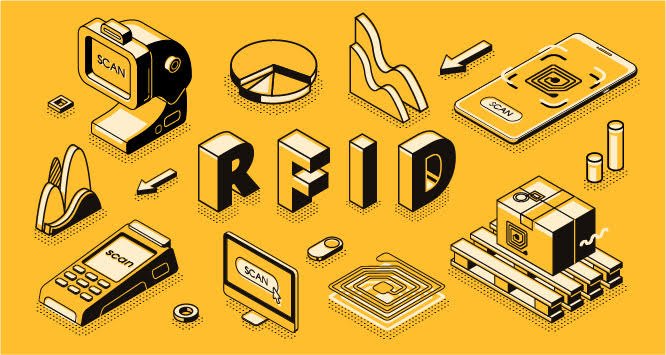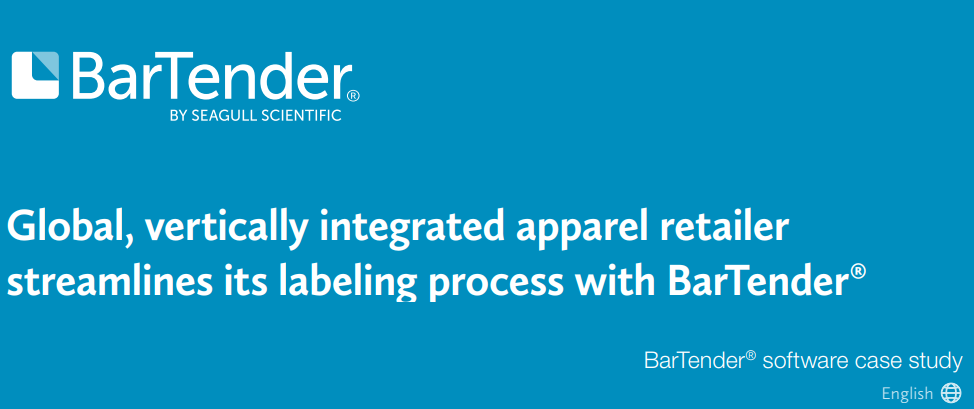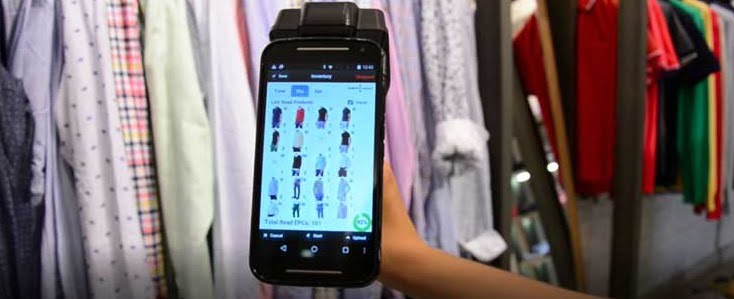
Implementing RFID (Radio Frequency Identification) technology can bring significant benefits to businesses, including increased efficiency, accuracy, and visibility in their operations. However, RFID implementation can be complex, and there are several considerations to keep in mind to ensure its success.
Here are some tips you can’t afford to miss when implementing RFID technology-
A) Define Your Goals and Requirements: Start by defining your goals for implementing RFID and the requirements for achieving them. Consider factors such as the type of RFID technology to use, the tags to use, the reader infrastructure, and the software needed to manage and analyze the data.
B)Start Small: Implementing RFID technology can be a complex and expensive process, so it’s important to start small and pilot the technology in a small area or with a limited number of products. This will help you to identify any issues or challenges and make adjustments before scaling up.
C) Conduct a Pilot Test: Before implementing RFID technology across your organization, conduct a pilot test to ensure that the technology works as intended and to identify any potential issues or limitations. A pilot test also allows you to train your employees on the new system and get their feedback.
D) Choose the Right RFID Tags: Different RFID tags are suitable for different applications. Consider factors such as the environment in which the tags will be used, the required read range, and the material on which the tag will be applied. Also, ensure that the tags are compatible with the RFID reader infrastructure you plan to use.
E) Consider Data Security: Ensure that your RFID system is secure by implementing appropriate security measures such as access controls, encryption, and data backups. Also, ensure that your system complies with relevant regulations such as GDPR (General Data Protection Regulation).
F) Train Your Employees: Train your employees on how to use the new RFID technology, including how to read tags, troubleshoot issues, and interpret data. Encourage them to provide feedback and suggestions for improving the system.
G) Test, Test, Test: Test your RFID system thoroughly to ensure that it works as intended and can handle the expected volume of data. Conduct regular tests to identify any issues or bottlenecks and address them promptly.
H) Integration with Existing Systems: Ensure that your RFID system integrates seamlessly with existing systems such as ERP (Enterprise Resource Planning) and WMS (Warehouse Management System) to maximize efficiency and avoid duplication of effort.
Implementing RFID technology can be a significant investment, but it can also bring significant benefits to your organization. By following these tips, you can increase the likelihood of a successful implementation and maximize the ROI of your investment.
Author: Saurabh Khare
Date of Publishing: March 2,2023



